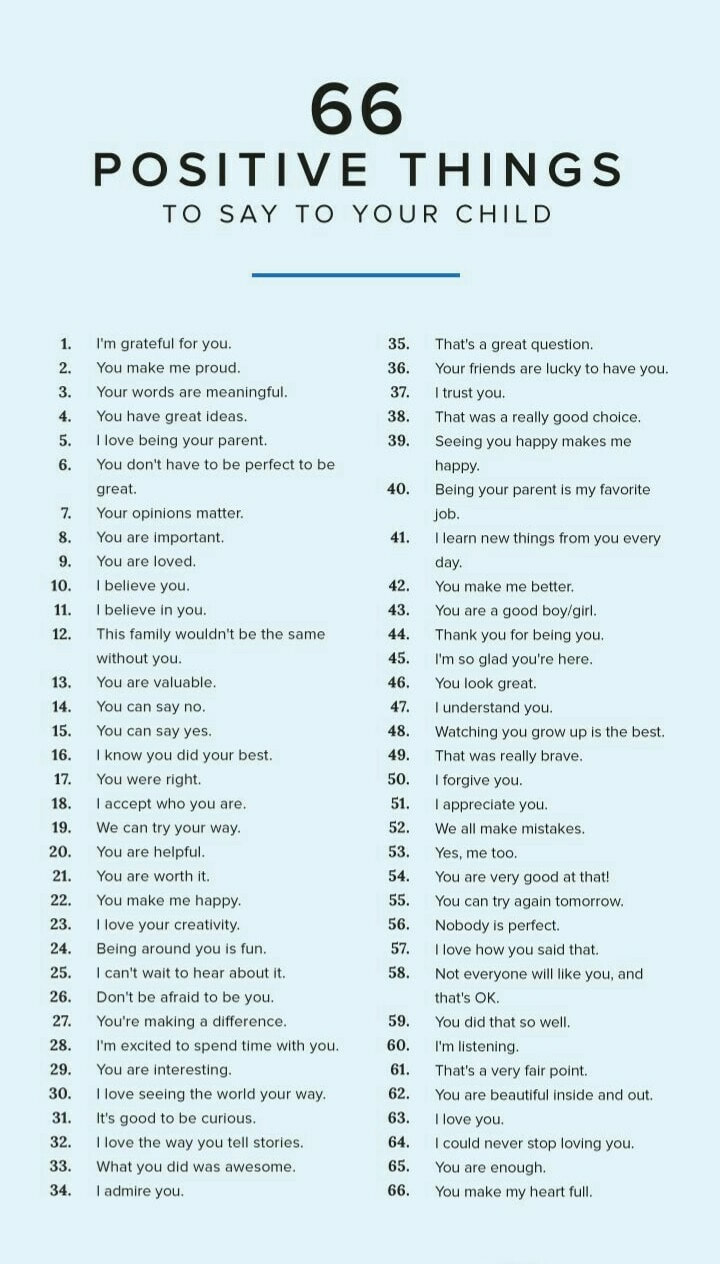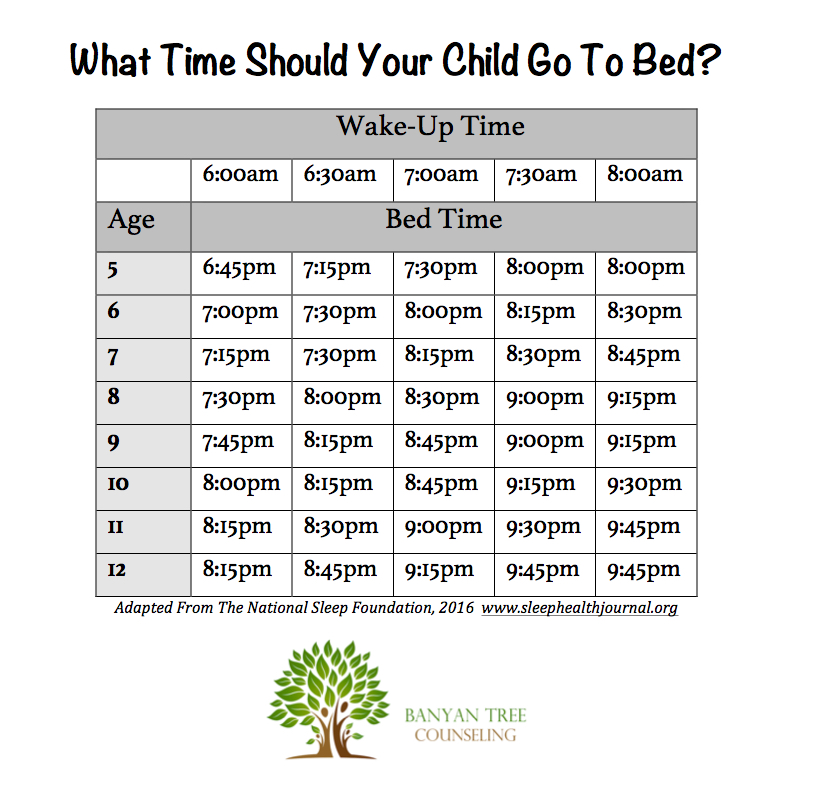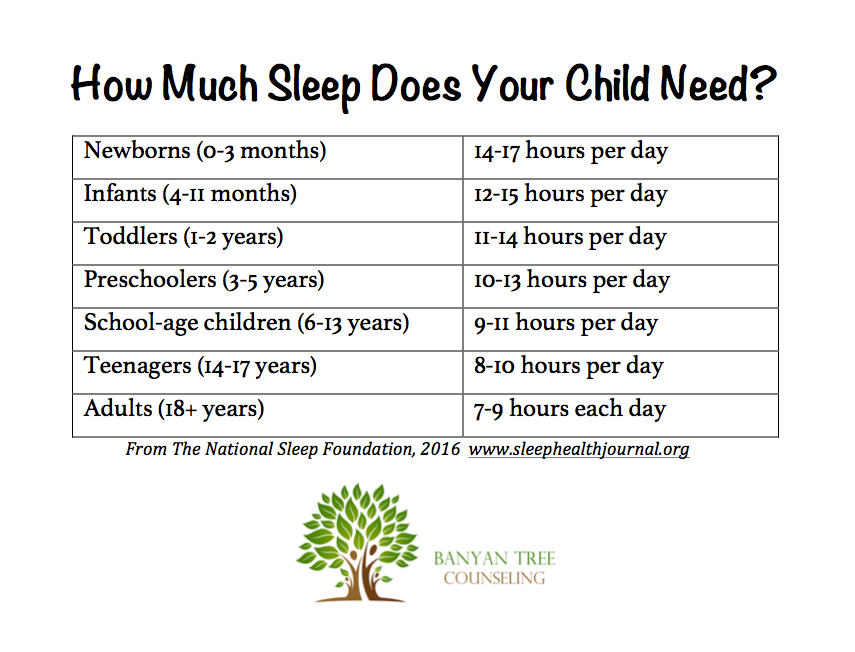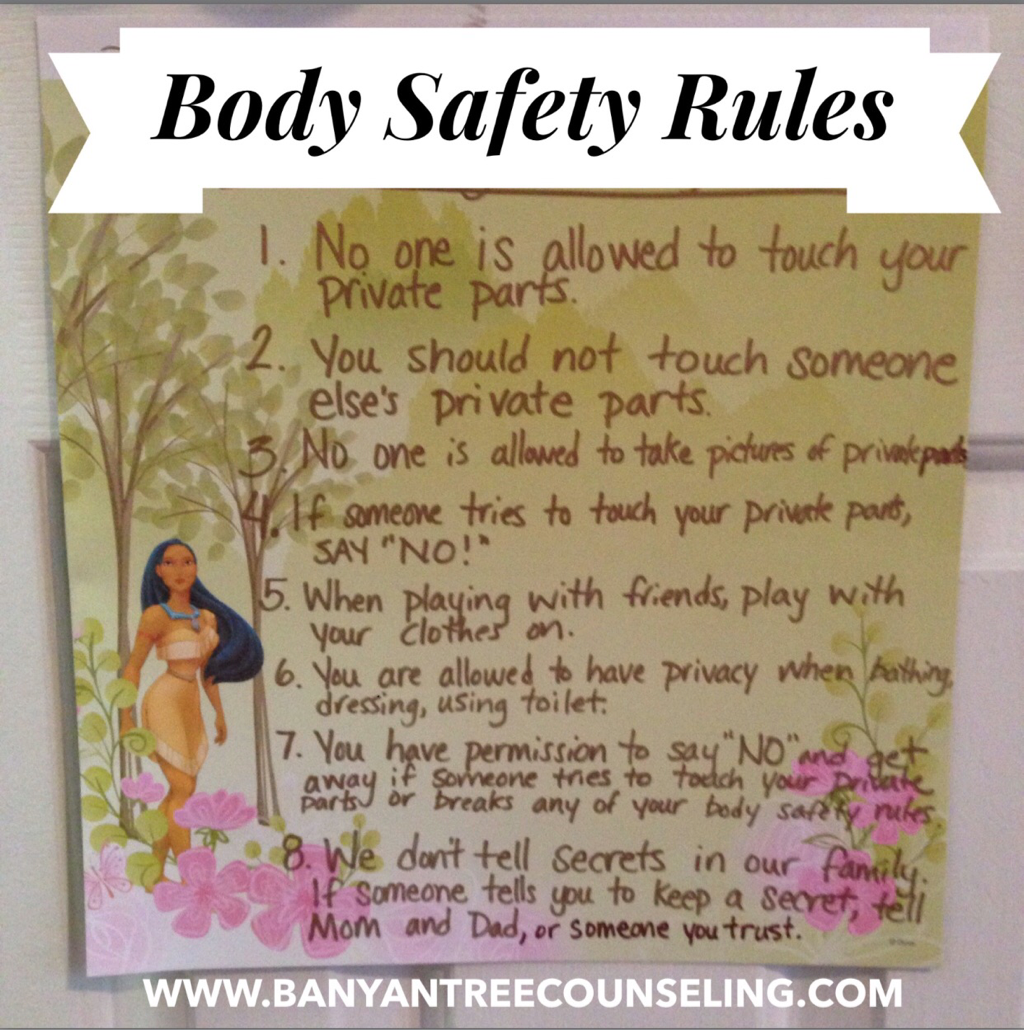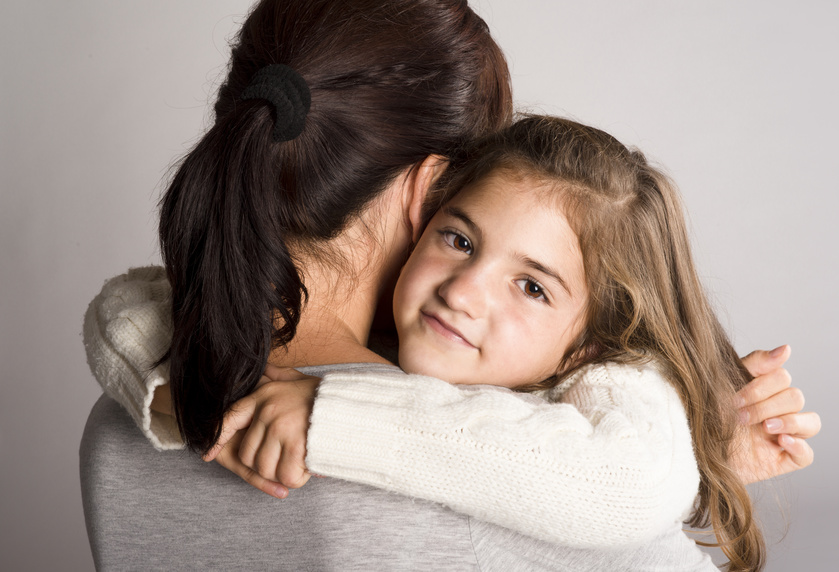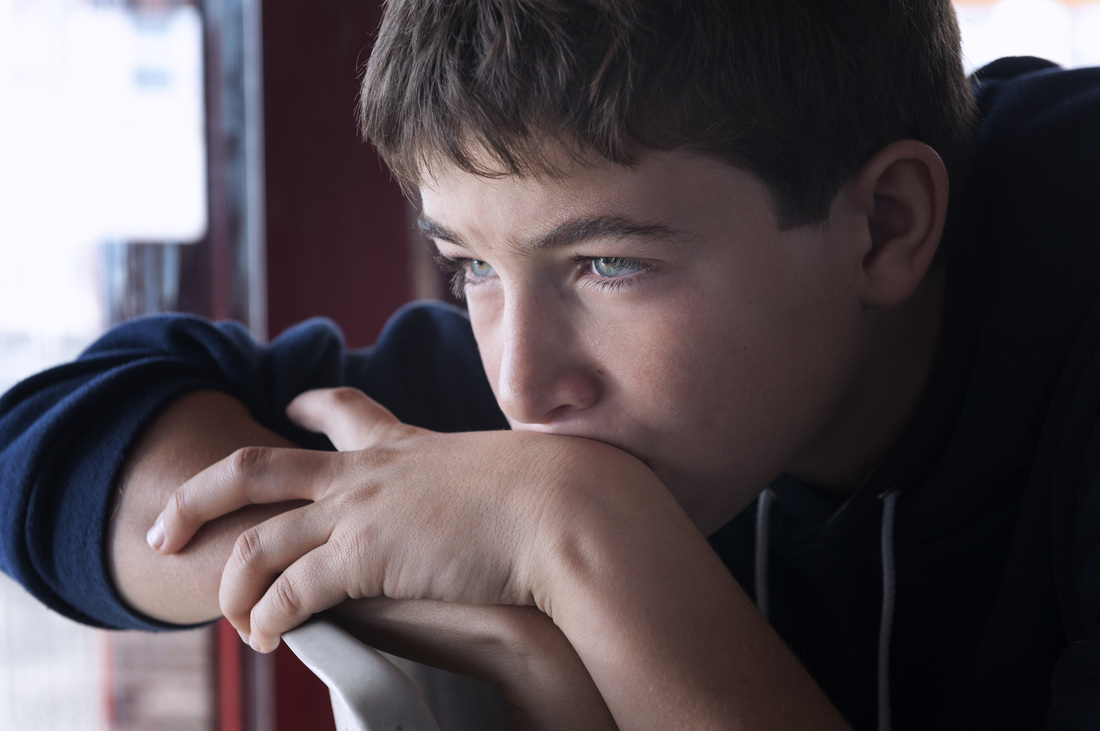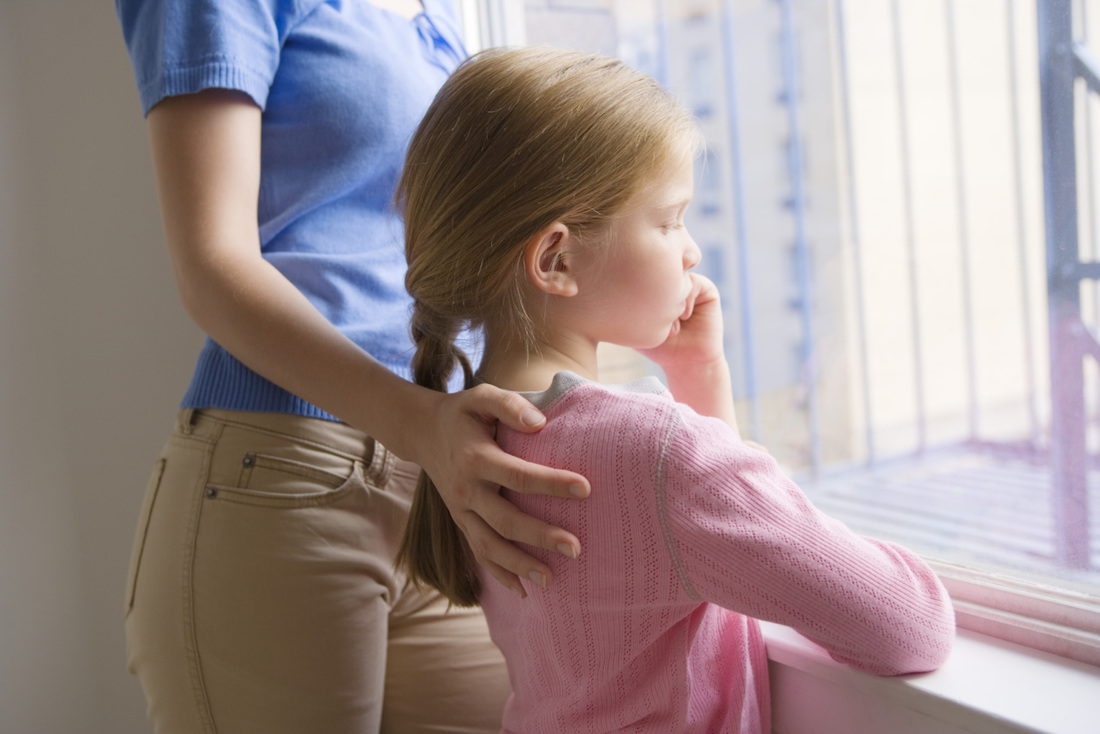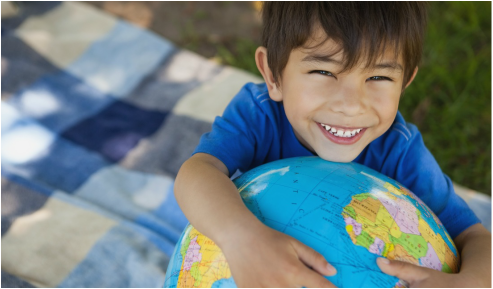- Home
- Schedule Appointment
-
Services
-
Meet the Team
- Abby Olmstead
- Adrienne Fisher
- Amber Garcia >
- Amber Miner
- Andrea Miles
- Arionna Wilkerson
- Autumn Martin
- Becca Otallah
- Brittany Kai
- Brittany Proxmire
- Brittany Stewart
- Catia Gittard
- Chantal D. Hayes
- Emily Ortiz Badalamente
- Hayley McCraw
- Jamie Cullen
- Jane Lackey Tastet
- Jared Brinkerhoff
- Jordan Peterson
- Josh Bolle
- Les Gura
- Lisa Carpenter
- Logan King
- Olivia Danilko
- Sarah Vanderpool
- Savannah Ornt
- Simone Banks
- Administrative Staff >
- About Us
- Hiring
|
I recently came across this article about motivating children who lack motivation. One of the points the author describes made me pause. She asks the parent what motivates their child? What does he really want? What questions can I ask that will help him discover and explore his interests? What are his goals and ambitions?
Encouraging children requires you as a parent to step far enough away to see your child as a separate person. With all our good intentions, it is easy to become wrapped up in the stress of every day life and forget our children are not mini-me's, but are separate people with different preferences, different ways of thinking, feeling, and doing things. For a child to feel motivated they must first feel seen. They must feel that their voice matters. That their parent takes the time to really listen-- not to what you want the answers to be, but to what your child is really saying. And if the answers happen to not line up with who you are, respect them, even if you disagree. I read this "66 Positive Things To Say To Your Child" post today, and wrote down the ones I regularly say to my children, and the things I'm going to try. to say more often. It was a good reminder to see my children as their own separate selves that I must continue to learn and understand as they grow. Encouraging things I say often: #2: You make me proud. #6: You don't have to be perfect to be great. #17: You were right. (Especially if I had previously told them they were not!) #37: I trust you. #38: That was a really good choice. #63: I love you. Here's what I'm going to try to say more of: #19: We can try it your way. #34: I admire you. #44: Thank you for being you. #60: I'm listening. #65: You are enough. What are some things you say now vs. what you'd like to say more of to encourage your child and help them be the beautiful little people that they are? Warmly,
1 Comment
The effects of sleep on a child's mental health can sometimes be underrated. Getting an adequate amount of sleep is an integral part of a healthy life, especially when it comes to our emotional and behavioral health. Now that the new school year is upon us, check out these handy charts to help set your child's bedtime! Empathy is defined as the ability to understand and share the feelings of another. It seems so simple, yet it is an essential (and often overlooked) skill children need to learn in order to develop into healthy adults. As parents, it’s not always in the forefront of our minds, and some may find it a bit odd to think they need to actually teach their child empathy. Doesn’t it just come naturally?Yes and no. Children are born with the aptitude for empathy, but it needs to be taught and encouraged throughout their childhood. Research shows there is a clear correlation between the ability to empathize and future fulfillment and success. Making (and keeping) worthy friends, succeeding in school, attaining a gratifying career, maintaining a healthy marriage, all of these things rely on one critical skill: EMPATHY.
|
| Why Play? In recent years a growing number of noted mental health professionals have observed that play is as important to human happiness and well being as love and work (Schaefer, 1993). Some of the greatest thinkers of all time, including Aristotle and Plato, have reflected on why play is so fundamental in our lives. |
The following are some of the many benefits of play that have been described by play theorists. It expands self-expression, self-knowledge, self-actualization and self-efficacy. Play relieves feelings of stress and boredom, connects us to people in a positive way, stimulates creative thinking and exploration, regulates our emotions, and boosts our ego (Landreth, 2002). In addition, play allows us to practice skills and roles needed for survival. Learning and development are best fostered through play (Russ, 2004).
What Exactly is Play Therapy?
Play therapy is a structured, theoretically based approach to therapy that builds on the normal communicative and learning processes of children (Carmichael, 2006; Landreth, 2002; O'Connor & Schaefer, 1983). The curative powers inherent in play are used in many ways. Therapists strategically utilize play therapy to help children express what is troubling them when they do not have the verbal language to express their thoughts and feelings (Gil, 1991).
In play therapy, toys are like the child's words and play is the child's language (Landreth, 2002). Through play, therapists may help children learn more adaptive behaviors when there are emotional or social skills deficits (Pedro-Carroll & Reddy, 2005). The positive relationship that develops between therapist and child during play therapy sessions provides a corrective emotional experience necessary for healing (Moustakas, 1997). Play therapy may also be used to promote cognitive development and provide insight about and resolution of inner conflicts or dysfunctional thinking in the child (O'Connor & Schaefer, 1983; Reddy, Files-Hall & Schaefer, 2005).
What Exactly is Play Therapy?
Play therapy is a structured, theoretically based approach to therapy that builds on the normal communicative and learning processes of children (Carmichael, 2006; Landreth, 2002; O'Connor & Schaefer, 1983). The curative powers inherent in play are used in many ways. Therapists strategically utilize play therapy to help children express what is troubling them when they do not have the verbal language to express their thoughts and feelings (Gil, 1991).
In play therapy, toys are like the child's words and play is the child's language (Landreth, 2002). Through play, therapists may help children learn more adaptive behaviors when there are emotional or social skills deficits (Pedro-Carroll & Reddy, 2005). The positive relationship that develops between therapist and child during play therapy sessions provides a corrective emotional experience necessary for healing (Moustakas, 1997). Play therapy may also be used to promote cognitive development and provide insight about and resolution of inner conflicts or dysfunctional thinking in the child (O'Connor & Schaefer, 1983; Reddy, Files-Hall & Schaefer, 2005).
Toys Are A Child's Words
Play therapy differs from regular play in that the therapist helps children to address and resolve their own problems. Play therapy builds on the natural way that children learn about themselves and their relationships in the world around them (Axline, 1947; Carmichael, 2006; Landreth, 2002). Through play therapy, children learn to communicate with others, express feelings, modify behavior, develop problem-solving skills, and learn a variety of ways of relating to others. Play provides a safe psychological distance from their problems and allows expression of thoughts and feelings appropriate to their development. APT defines play therapy as "the systematic use of a theoretical model to establish an interpersonal process wherein trained play therapists use the therapeutic powers of play to help clients prevent or resolve psychosocial difficulties and achieve optimal growth and development."
How Does Play Therapy Work?
Children are referred for play therapy to resolve their problems (Carmichael; 2006; Schaefer, 1993). Often, children have used up their own problem solving tools, and they misbehave, may act out at home, with friends, and at school (Landreth, 2002). Play therapy allows trained mental health practitioners who specialize in play therapy, to assess and understand children's play. Further, play therapy is utilized to help children cope with difficult emotions and find solutions to problems (Moustakas, 1997; Reddy, Files-Hall & Schaefer, 2005).
By confronting problems in the clinical Play Therapy setting, children find healthier solutions. Play therapy allows children to change the way they think about, feel toward, and resolve their concerns (Kaugars& Russ, 2001).Even the most troubling problems can be confronted in play therapy and lasting resolutions can be discovered, rehearsed, mastered and adapted into lifelong strategies (Russ, 2004).
Who Benefits from Play Therapy?
Although everyone benefits, play therapy is especially appropriate for children ages 3 through 12 years old (Carmichael, 2006; Gil, 1991; Landreth; 2002; Schaefer, 1993). Teenagers and adults have also benefited from play techniques and recreational processes.To that end, use of play therapy with adults within mental health,agency and other healthcare contexts is increasing (Pedro-Carroll & Reddy, 2005; Schaefer, 2003). In recent years, play therapy interventions have also been applied to infants and toddlers.
Play therapy differs from regular play in that the therapist helps children to address and resolve their own problems. Play therapy builds on the natural way that children learn about themselves and their relationships in the world around them (Axline, 1947; Carmichael, 2006; Landreth, 2002). Through play therapy, children learn to communicate with others, express feelings, modify behavior, develop problem-solving skills, and learn a variety of ways of relating to others. Play provides a safe psychological distance from their problems and allows expression of thoughts and feelings appropriate to their development. APT defines play therapy as "the systematic use of a theoretical model to establish an interpersonal process wherein trained play therapists use the therapeutic powers of play to help clients prevent or resolve psychosocial difficulties and achieve optimal growth and development."
How Does Play Therapy Work?
Children are referred for play therapy to resolve their problems (Carmichael; 2006; Schaefer, 1993). Often, children have used up their own problem solving tools, and they misbehave, may act out at home, with friends, and at school (Landreth, 2002). Play therapy allows trained mental health practitioners who specialize in play therapy, to assess and understand children's play. Further, play therapy is utilized to help children cope with difficult emotions and find solutions to problems (Moustakas, 1997; Reddy, Files-Hall & Schaefer, 2005).
By confronting problems in the clinical Play Therapy setting, children find healthier solutions. Play therapy allows children to change the way they think about, feel toward, and resolve their concerns (Kaugars& Russ, 2001).Even the most troubling problems can be confronted in play therapy and lasting resolutions can be discovered, rehearsed, mastered and adapted into lifelong strategies (Russ, 2004).
Who Benefits from Play Therapy?
Although everyone benefits, play therapy is especially appropriate for children ages 3 through 12 years old (Carmichael, 2006; Gil, 1991; Landreth; 2002; Schaefer, 1993). Teenagers and adults have also benefited from play techniques and recreational processes.To that end, use of play therapy with adults within mental health,agency and other healthcare contexts is increasing (Pedro-Carroll & Reddy, 2005; Schaefer, 2003). In recent years, play therapy interventions have also been applied to infants and toddlers.
How Will Play Therapy Benefit A Child?
Play therapy is implemented as a treatment of choice in mental health, school, agency, developmental, hospital, residential, and recreational settings, with clients of all ages (Carmichael, 2006; Reddy, Files-Hall & Schaefer, 2005).Play therapy treatment plans have been utilized as the primary intervention or as an adjunctive therapy for multiple mental health conditions and concerns (Gil &Drewes, 2004; Landreth, Sweeney, Ray, Homeyer& Glover, 2005), e.g anger management, grief and loss, divorce and family dissolution, and crisis and trauma, and for modification of behavioral disorders (Landreth, 2002), e.g. anxiety, depression, attention deficit hyperactivity (ADHD), autism or pervasive developmental, academic and social developmental, physical and learning disabilities, and conduct disorders (Bratton, Ray & Rhine, 2005).
Research supports the effectiveness of play therapy with children experiencing a wide variety of social, emotional, behavioral, and learning problems, including: children whose problems are related to life stressors, such as divorce, death, relocation, hospitalization, chronic illness, assimilate stressful experiences, physical and sexual abuse, domestic violence, and natural disasters (Reddy, Files-Hall & Schaefer, 2005). Play therapy helps children:
How Long Does Play Therapy Take?
Each play therapy session varies in length but usually last about 30 to 50 minutes. Sessions are usually held weekly. Research suggests that it takes an average of 20 play therapy sessions to resolve the problems of the typical child referred for treatment. Of course, some children may improve much faster while more serious or ongoing problems may take longer to resolve (Landreth, 2002; Carmichael, 2006).
Play therapy is implemented as a treatment of choice in mental health, school, agency, developmental, hospital, residential, and recreational settings, with clients of all ages (Carmichael, 2006; Reddy, Files-Hall & Schaefer, 2005).Play therapy treatment plans have been utilized as the primary intervention or as an adjunctive therapy for multiple mental health conditions and concerns (Gil &Drewes, 2004; Landreth, Sweeney, Ray, Homeyer& Glover, 2005), e.g anger management, grief and loss, divorce and family dissolution, and crisis and trauma, and for modification of behavioral disorders (Landreth, 2002), e.g. anxiety, depression, attention deficit hyperactivity (ADHD), autism or pervasive developmental, academic and social developmental, physical and learning disabilities, and conduct disorders (Bratton, Ray & Rhine, 2005).
Research supports the effectiveness of play therapy with children experiencing a wide variety of social, emotional, behavioral, and learning problems, including: children whose problems are related to life stressors, such as divorce, death, relocation, hospitalization, chronic illness, assimilate stressful experiences, physical and sexual abuse, domestic violence, and natural disasters (Reddy, Files-Hall & Schaefer, 2005). Play therapy helps children:
- Become more responsible for behaviors and develop more successful strategies.
- Develop new and creative solutions to problems.
- Develop respect and acceptance of self and others.
- Learn to experience and express emotion.
- Cultivate empathy and respect for thoughts and feelings of others.
- Learn new social skills and relational skills with family.
- Develop self-efficacy and thus a better assuredness about their abilities.
How Long Does Play Therapy Take?
Each play therapy session varies in length but usually last about 30 to 50 minutes. Sessions are usually held weekly. Research suggests that it takes an average of 20 play therapy sessions to resolve the problems of the typical child referred for treatment. Of course, some children may improve much faster while more serious or ongoing problems may take longer to resolve (Landreth, 2002; Carmichael, 2006).
How May My Family Be Involved in Play Therapy?
Families play an important role in children's healing processes. The interaction between children's problems and their families is always complex. Sometimes children develop problems as a way of signaling that there is something wrong in the family. Other times the entire family becomes distressed because the child's problems are so disruptive. In all cases, children and families heal faster when they work together. The play therapist will make some decisions about how and when to involve some or all members of the family in the play therapy.
At a minimum, the therapist will want to communicate regularly with the child's caretakers to develop a plan for resolving problems as they are identified and to monitor the progress of the treatment. Other options might include involving a) the parents or caretakers directly in the treatment in what is called filial play therapy and b) the whole family in family play therapy (Guerney, 2000). Whatever the level the family members choose to be involved, they are an essential part of the child's healing (Carey & Schaefer, 1994; Gil &Drewes, 2004).
Who Practices Play Therapy?
The practice of play therapy requires extensive specialized education, training, and experience. A play therapist is a licensed (or certified) mental health professional who has earned a Master's or Doctorate degree in a mental health field with considerable general clinical experience and supervision. With advanced, specialized training, experience, and supervision, mental health professionals may also earn the Registered Play Therapist (RPT) or Registered Play Therapist-Supervisor (RPT-S) credentials¹ conferred by the Association for Play Therapy (APT).
To learn more about Play Therapy, visit http://www.a4pt.org/
Families play an important role in children's healing processes. The interaction between children's problems and their families is always complex. Sometimes children develop problems as a way of signaling that there is something wrong in the family. Other times the entire family becomes distressed because the child's problems are so disruptive. In all cases, children and families heal faster when they work together. The play therapist will make some decisions about how and when to involve some or all members of the family in the play therapy.
At a minimum, the therapist will want to communicate regularly with the child's caretakers to develop a plan for resolving problems as they are identified and to monitor the progress of the treatment. Other options might include involving a) the parents or caretakers directly in the treatment in what is called filial play therapy and b) the whole family in family play therapy (Guerney, 2000). Whatever the level the family members choose to be involved, they are an essential part of the child's healing (Carey & Schaefer, 1994; Gil &Drewes, 2004).
Who Practices Play Therapy?
The practice of play therapy requires extensive specialized education, training, and experience. A play therapist is a licensed (or certified) mental health professional who has earned a Master's or Doctorate degree in a mental health field with considerable general clinical experience and supervision. With advanced, specialized training, experience, and supervision, mental health professionals may also earn the Registered Play Therapist (RPT) or Registered Play Therapist-Supervisor (RPT-S) credentials¹ conferred by the Association for Play Therapy (APT).
To learn more about Play Therapy, visit http://www.a4pt.org/
Authors
The information displayed for the general public and mental health professionals in this section was initially crafted by JP Lilly, LCSW, RPT-S, Kevin O'Connor, PhD, RPT-S, and Teri Krull, LCSW, RPT-S and later revised in part by Charles Schaefer, PhD, RPT-S, Garry Landreth, EdD, LPC, RPT-S, and Dale-Elizabeth Pehrsson, EdD, LPC, RPT-S. Linked mental health conditions and concerns and behavioral disorders were drafted by Pehrsson and Karla Carmichael, PhD, LPC, RPT-S respectively. Research citations were compiled by Pehrsson and Oregon State University graduate assistant Mary Aguilera. APT sincerely thanks these individuals for their contributions!
The information displayed for the general public and mental health professionals in this section was initially crafted by JP Lilly, LCSW, RPT-S, Kevin O'Connor, PhD, RPT-S, and Teri Krull, LCSW, RPT-S and later revised in part by Charles Schaefer, PhD, RPT-S, Garry Landreth, EdD, LPC, RPT-S, and Dale-Elizabeth Pehrsson, EdD, LPC, RPT-S. Linked mental health conditions and concerns and behavioral disorders were drafted by Pehrsson and Karla Carmichael, PhD, LPC, RPT-S respectively. Research citations were compiled by Pehrsson and Oregon State University graduate assistant Mary Aguilera. APT sincerely thanks these individuals for their contributions!
Banyan Tree Counseling & Wellness
We are a team of licensed clinicians with a holistic, strengths-based, and evidence-based approach. We offer counseling for people of all ages, life coaching, group therapy, educational consulting and advocacy, assessments, and dietary nutrition services.
Categories
All
Active Listening
Adolescents
Anxiety
Children
Conflict
COVID-19
Depression
Effective Communication
Emotional Regulation
Empathy
Family
For Clinicians
Holidays
Life Coaching
Medication
Mindfulness
Office Photos
Parenting
Play Therapy
Poetry
Psychoeducation
Sleep
Trauma
Individual Counseling • Couples & Families • children & teens • Educational Advocacy • Nutrition Counseling
If you are in a life threatening situation call 1 (800) 273-8255 or use these resources to get immediate help.
HIPAA Notice of Privacy Practices
© 2015-2024 Banyan Tree Counseling PLLC | Banyan Tree Wellness LLC | All Rights Reserved.
All content on this website, unless otherwise specified, is the sole property of Banyan Tree Counseling & Wellness and is protected by copyright laws.
Any unauthorized reproduction, distribution, or use of this content is strictly prohibited and may result in legal action.
HIPAA Notice of Privacy Practices
© 2015-2024 Banyan Tree Counseling PLLC | Banyan Tree Wellness LLC | All Rights Reserved.
All content on this website, unless otherwise specified, is the sole property of Banyan Tree Counseling & Wellness and is protected by copyright laws.
Any unauthorized reproduction, distribution, or use of this content is strictly prohibited and may result in legal action.
- Home
- Schedule Appointment
-
Services
-
Meet the Team
- Abby Olmstead
- Adrienne Fisher
- Amber Garcia >
- Amber Miner
- Andrea Miles
- Arionna Wilkerson
- Autumn Martin
- Becca Otallah
- Brittany Kai
- Brittany Proxmire
- Brittany Stewart
- Catia Gittard
- Chantal D. Hayes
- Emily Ortiz Badalamente
- Hayley McCraw
- Jamie Cullen
- Jane Lackey Tastet
- Jared Brinkerhoff
- Jordan Peterson
- Josh Bolle
- Les Gura
- Lisa Carpenter
- Logan King
- Olivia Danilko
- Sarah Vanderpool
- Savannah Ornt
- Simone Banks
- Administrative Staff >
- About Us
- Hiring


